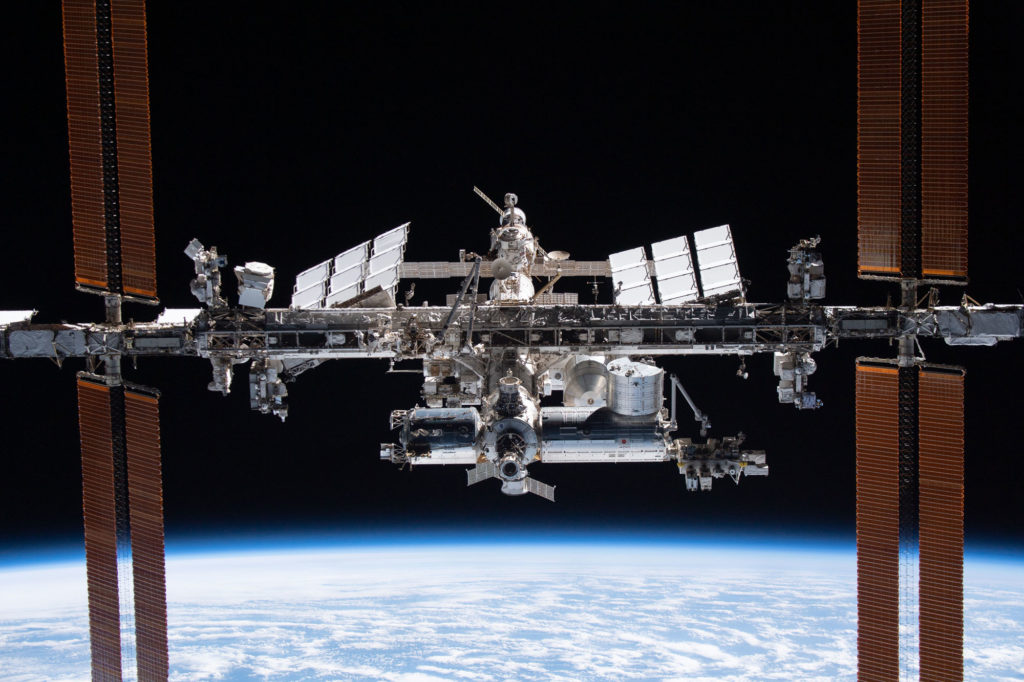Humankind’s largest ‘outpost’ in space
It is the size of a football pitch, weighs approximately 480 tonnes and has an interior volume comparable to that of a 747 jumbo jet. The International Space Station ISS is humankind’s largest ‘outpost’ in space and has been orbiting Earth for almost 25 years. It was conceived on 20 November 1998, when a Russian Proton rocket lifted off from the Baikonur Cosmodrome and launched the first element, the Zarya module, into Earth orbit. Sixteen[[ days later, on 6 December 1998, the crew of the Space Shuttle Endeavour connected the Russian Zarya module with the US Unity module. Since 2 November 2000, the ISS has been continuously inhabited by astronauts. The ISS partners are the USA, Russia, Japan, Canada, Brazil and 11 ESA member states – Austria, Belgium, Denmark, France, Germany, Italy, the Netherlands, Norway, Spain, Sweden and the United Kingdom. Together, they have jointly built this technologically highly sophisticated structure some 350 to 400 kilometres above Earth.
Components transported by Russian launch vehicles or the US Space Shuttle have allowed the ISS to grow to its current size over 32 stages of expansion. Forty-two flights were necessary to transport the modules and large components into orbit. Germany’s contributions comprise about 37 percent of operations and about 45 percent of science on the ISS, making it the most important ISS partner in Europe. The German Space Agency at DLR in Bonn coordinates and manages these contributions to ESA. As a research centre, DLR was and is involved in numerous experiments on the Space Station. This is because the ISS is also an ideal test environment for new technologies and a unique laboratory for experiments that cannot be carried out in any research facility on Earth. The first scientific activity on the ISS was a German-Russian plasma crystal experiment, which marked the beginning of research on the ISS in February 2001.
Links:
Deutsches Zentrum für Luft- und Raumfahrt (DLR)
Volker Schmid · E-Mail Volker.Schmid@dlr.de

